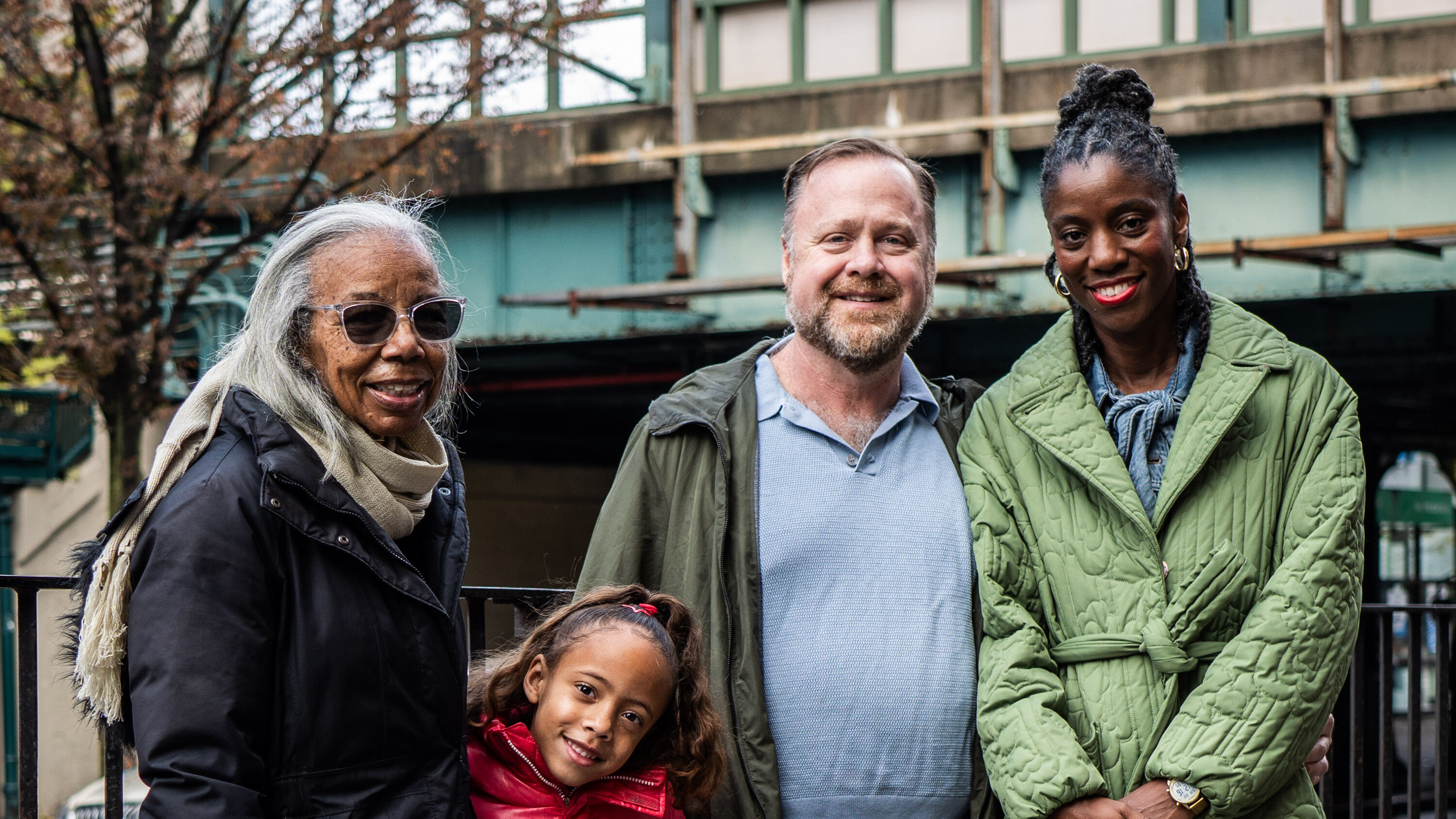T
he global wellness industry has grown significantly, with the market valued at $438 billion in 2024 and projected to reach $1.114 trillion by 2029, according to a report from the Global Wellness Institute (GWI). This growth is driven by increasing demand for properties that prioritize residents' wellbeing.
Wellness real estate is no longer limited to niche projects but has become a mainstream trend, with larger development companies adopting a "wellness lens" approach. As awareness of wellness design grows among buyers and its value increases, major developers are taking notice.
The GWI report outlines six dimensions of wellness real estate: Physical, Mental and Spiritual, Social, Civic and Community, Financial and Economic, and Environmental. These dimensions aim to provide benefits such as improved physical activity, better sleep, reduced chronic disease rates, and enhanced social connections.
Some key features of wellness real estate include:
* Providing space for movement and exercise
* Designing kitchens for healthy food preparation
* Enhancing mobility and accessibility
* Creating spaces that foster rest, solace, and sleep
* Incorporating nature features and reducing daily friction
The report also highlights six guiding principles for wellness real estate:
1. Wellness can be incorporated into any project size or price point.
2. Wellness planning should begin at the earliest stages of development using a holistic approach.
3. The built environment should not only be safe but also leave residents feeling better than before entering it.
4. The built environment can encourage proactive behaviors that drive wellness.
5. Wellness should be embedded in infrastructure and activated through ongoing operations and programming.
6. Connections and community are central to our well-being.
The report emphasizes the importance of incorporating wellness into the design and operation of buildings, recognizing that the built environment has a profound influence on residents' health and wellbeing.














